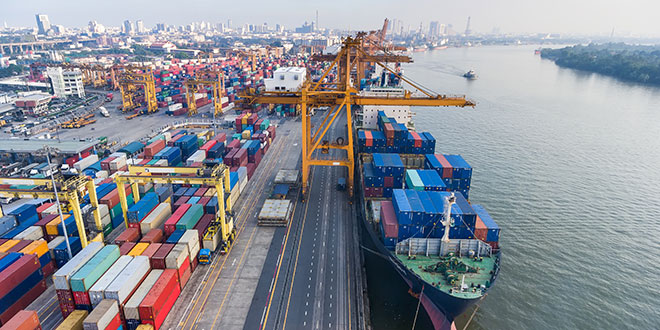According to the Global Port Tracker report released by the National Retail Federation (NRF) and Hackett Associates, the tariffs enacted by President Donald Trump will impact import cargo at major container ports in the U.S. The report found that imports are expected to be down at least 20% year over year from June into this fall, and volume for the year could be down by more than 10%.
“We are starting to see the true impact of President Trump’s tariffs on the supply chain,” says NRF vice president for supply chain and customs policy Jonathan Gold. “From national security tariffs on Canada, Mexico and China to global and reciprocal tariffs on all countries and a multitude of tariffs on specific sectors, the results will include higher costs for businesses as well as reduced cargo volumes. In the end, these tariffs will affect consumers in the form of higher prices and less availability on store shelves.”
Gold says the series of tariffs Trump has imposed since February are happening during a crucial time in the buying process for retailers.
“Many retailers are pausing or canceling orders as a result, and small retailers, in particular, are concerned about what to expect in the coming months and how to order for the future,” Gold says.
U.S. ports covered by Global Port Tracker handled 2.15 million Twenty-Foot Equivalent Units—one 20-foot container or its equivalent—in March, the latest month for which final data is available. That was up 5.5% from February and up 11.3% year over year.
Ports have not yet reported April’s numbers, but Global Port Tracker projected the month at 2.2 million TEU, up 9.1% year over year. May is forecast at 1.81 million TEU, down 12.9% year over year to end 19 consecutive months of year-over-year growth. June is forecast at 1.71 million TEU, the lowest volume since March 2023 and a 20.2% drop year over year.
 Hardware Retailing The Industry's Source for Insights and Information
Hardware Retailing The Industry's Source for Insights and Information








